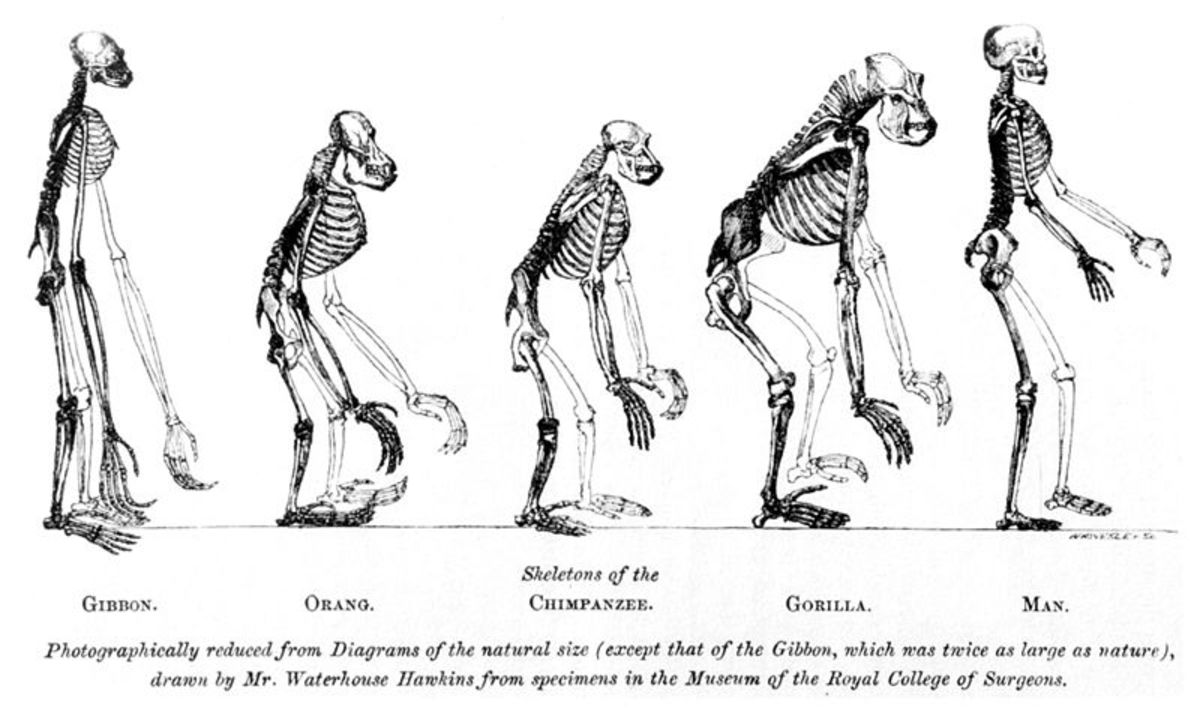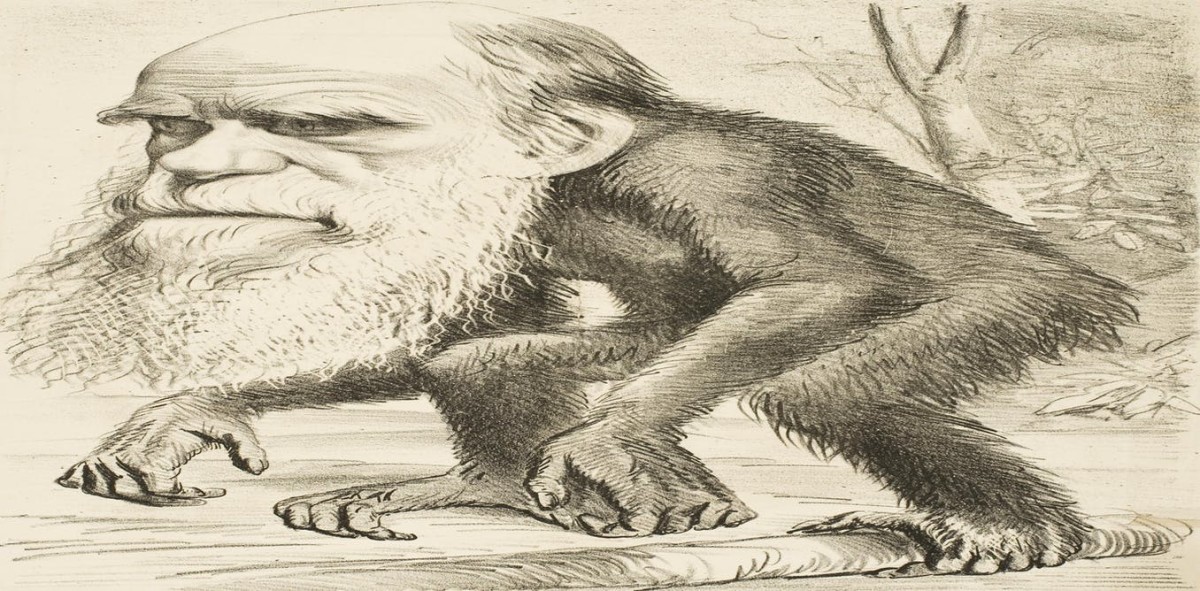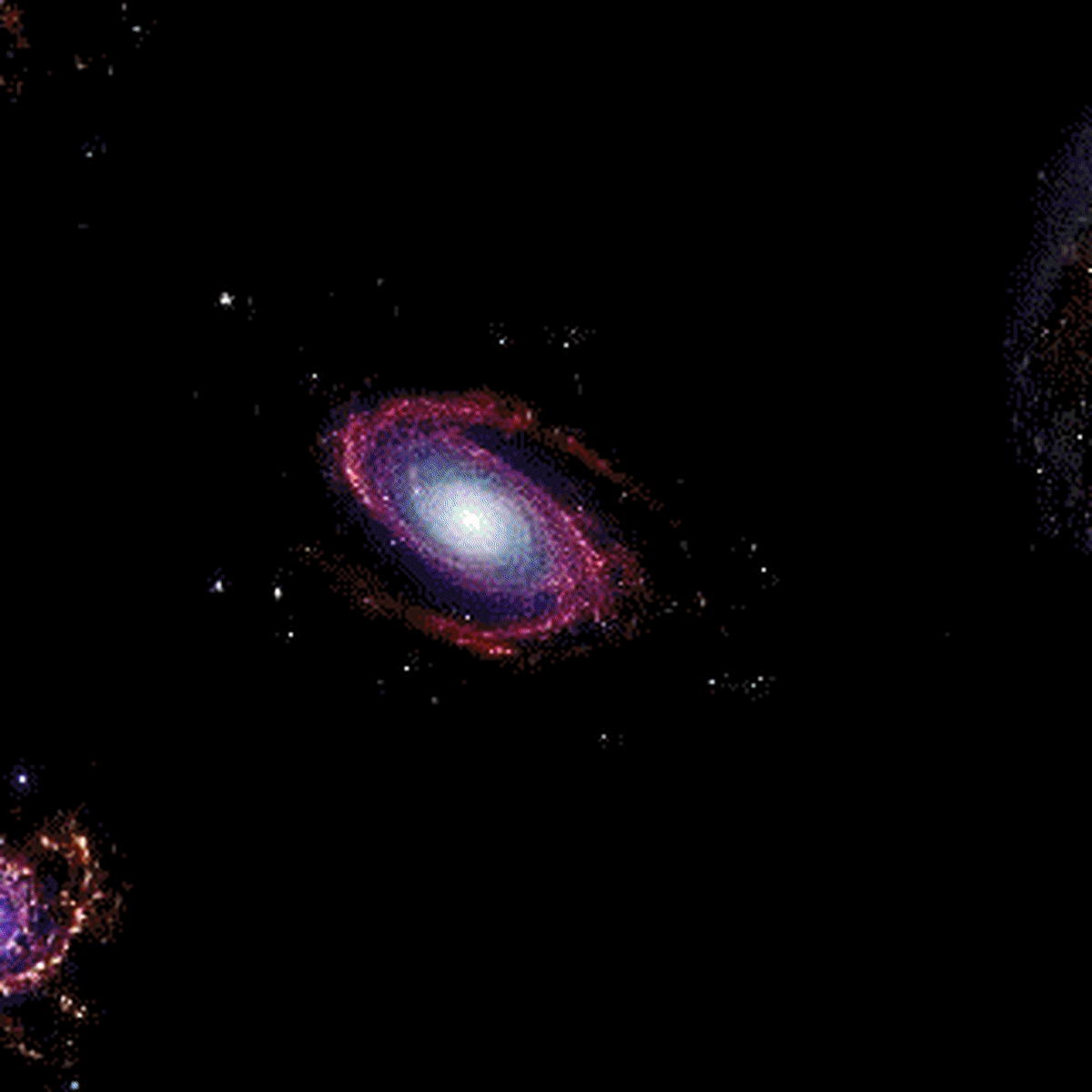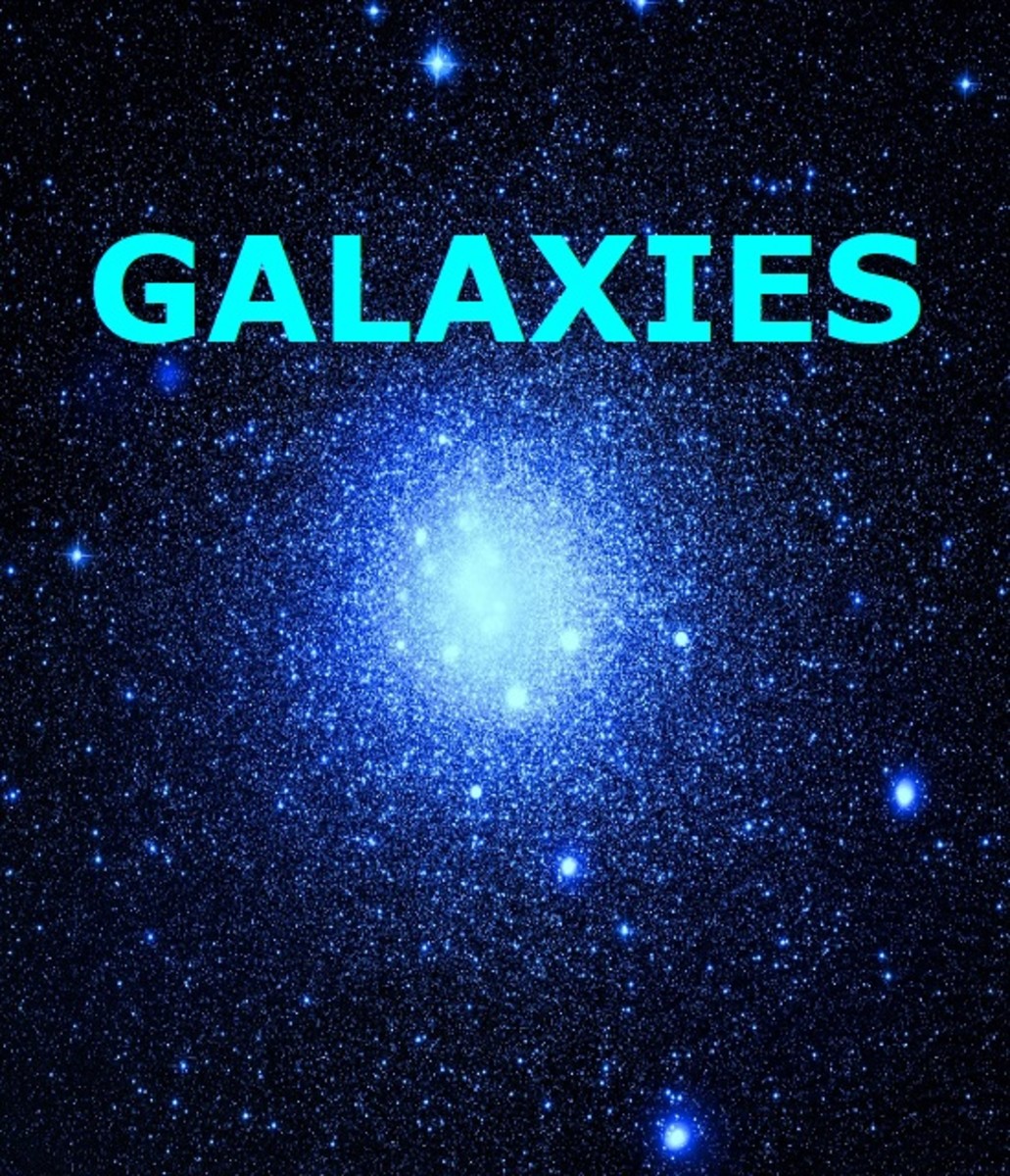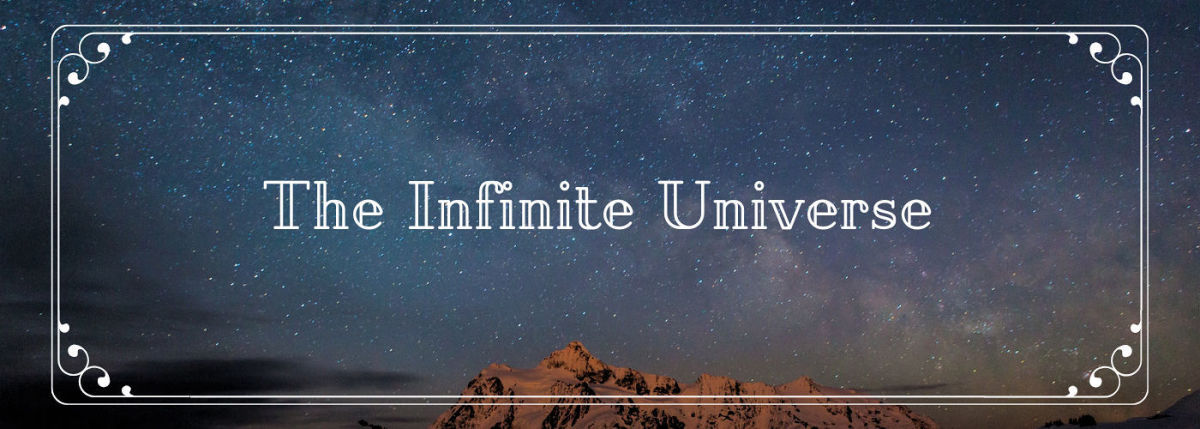Why Evolution Is The More Viable Theory
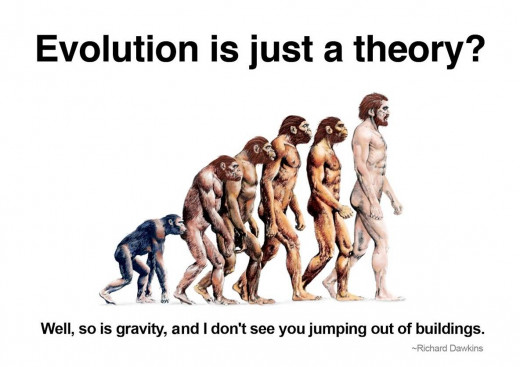
Cosmic Heaven?
Since the dawn of life, we have always look towards the heavens in the night sky for many reasons. We looked toward the heavens in question of how we emerged, we allowed our eyes to wonder across the sky and utilized the placement of the stars and the planets to come up with intricate organization of time (such as creating days of the week, tracking the months and the time of the day.)
Carl Sagan illustrates in his book The Pale Blue Dot: The Vision of the Human Future in Space, that people have often drawn association between the stars and the planets with biblical and other such religious literature. Which may be how some of the biblical accounts of events came to be in the first place; by observing Space. The number 7 seems to be of significant relevance in this case, being dubbed the "number of the Universe." (In this juncture of time, there was the Sun, the Moon, Mercury, Venus, Mars, Jupiter and Saturn, 7 celestial bodies, at least that they were aware of.) Coincidentally following this sequence of seven through out early history, there are Seven:
- ages of man
- ancient wonders of the world
- circles of Universe
- Cosmic Stages
- days of the week
- heavens
- hells
- pillars of wisdom
- rays of the sun
- musical notes
The number seven was also apparently the Egyptian symbol of such ideas as perfection, effectiveness, and completeness.
Many millennia ago there was no more than a elemental understanding of the objects in our beautiful night sky, eventually the planets were distinguished as being different from the twinkling stars and were traditionally named after the Greek and Roman Gods. The vastness of space was interpreted to be the "Heavens."
So if our interpretation of God and/or Gods came to be via our observation of the night sky, could it not be possible these accounts of creation where analyzed as a way of answering the questions, "How DID we get here? Are we special creations?" And if that is the case, how can we be expected to assume that literature that has been written and rewritten, and hearsay has any conceivable relevance in opposing the evidence we currently have today.
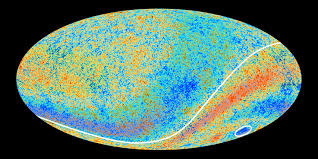
Evidence of the Big Bang
Along with precise mathematical equations we also have observational evidence that coincides and justifies the theory. If we were to see the universe approximately one second after the Big Bang, what we would see essentially, is a very hot (about 10 million degrees), colossal soup of neutrons, protons, electrons, anti-electrons (positrons), photons, and neutrinos. As time progressed, things would begin to cool, and as this cooling continued, eventually the universe would reach a temperature where electrons combined with nuclei to form neutral atoms. The significance of this "recombination" meant that the Universe suddenly lost it's opaque appearance and became transparent. Those VERY same photons produces what we call the "after glow". Which is simply cosmic background radiation and can very well be observed today. In fact there have been two previous missions of study to confirm this. The Cosmic Background Explorer or (COBE)in 1992, which charted the primordial hot and cold spots in the background radiation. The second mission was launched in 2001, the Wilkinson Microwave Anisotropy Probe (WMAP). This mission surveyed the sky and provided better resolution of the seemingly consistent disbursement of microwave radiation that varied in temperature, than the prior COBE mission.
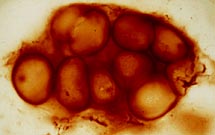
Evidence of Evolution
Being that Anthropology is my minor, I am an adamant believer in the theory of Evolution, because we have such an abundant amount of evidence within our fossil record alone, that tells us we have methodically changed and adapted over time and evolved as a species to better thrive in our surrounding conditions. I think a lot of people dismiss the idea of evolution because they don't entirely understand the concept, or they don't want to believe that we were at one point in time "insignificant." I like to perceive it in a different manner. Life took a HUGE step forward when Cyanobacteria introduced the first elements of oxygen into our dense carbon dioxide atmosphere. Cyanobacteria is one of the largest and most important bacteria that is still around. It is notable for it's contribution in the origin of plants. The chloroplasts that plants require to obtain energy from the sun and create food, is actually cyanobacterium living inside the plants cells. Through endosymbiosis, the cyanobacteria resides inside some eukaryotic cells, metabolizing energy for the eukaryotic host. There is fossil evidence of this that is millions of years old.
If a single celled organism can evolve in such manner, I have no difficulty generalizing the idea that multi cellular, complex life evolved later from that point.
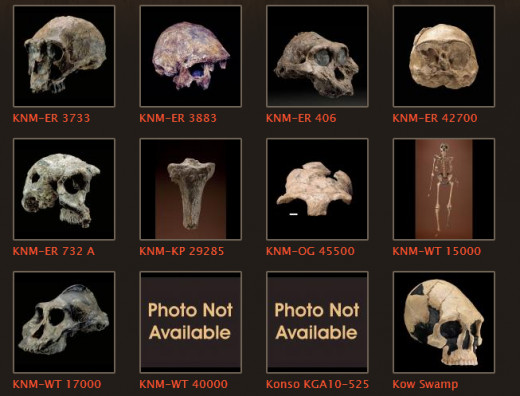
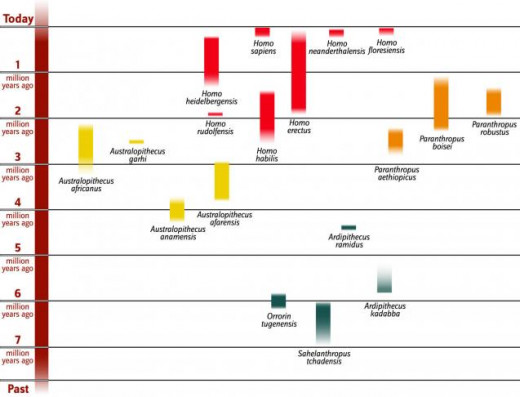
More Evidence...
Fossil Record Change in Species
Although there is no exact number of human species, there have been dozens of fossil discoveries of early human life. In order from earliest to most recent..
- Sahelanthropus tchadensis
- Orrorin tugenensis
- Ardipithecus kadabba
- Ardipithecus ramidus
- Australopithecus anamensis
- Australopithecus afarensis
- Australopithecus garhi
- Paranthropus aethiopicus
- Australopithecus africanus
- Homo rudolfensis
- Australopithecus sediba
- Homo habilis
- Paranthropus robustus
- Paranthropus boisei
- Homo heidelbergensis
- Homo erectus
- Homo neanderthalensis
- Homo floresiensis
- Homo sapiens (Us)
An adequate amount of research will tell you that it is not possible that such a vast amount of species could have existed within a mere 4,000 years. And I should clarify, that this notion not only pertains to human species, but plant, insect and other animal species as well. Millions of species have existed and thousands have gone extinct. Just as many geological changes have occurred through out the Earth's lifetime and can all be dated to millions of years as well through radiometric age dating, or radiocarbon dating. There are some trees that are actually dated to be older than 6,000. In the Science VS Creationism between Bill Nye and Ken Ham, Ham made the statement that observing the tree rings to determine the age of the tree is inadequate, because we were not there to see the tree grow to know for sure. My own counter argument would have been, this is absolutely a testable hypothesis. You can go out in your own front yard, plant a tree, allow it to grow a few years and proceed the experiment by later cutting it down to count the rings.
Genetic Changes Over Time
The process of natural selection, resulting in evolution. One really good example of this is antibiotic resistance. By supplying a lethal dosage of antiobiotic to bacteria that is living in a nutrient medium, there will be a mass die-off. There will be few survivors among the colony that were immune. These will continue to survive and pass on the genetic immunity to the next generation, causing an evolution in the bacteria.
Species that reproduce large numbers in a short amount of time, have potential for rapid evolutionary changes. If evolution has occurred (which is the most likely of events), there should be many similarities among varieties and species that have deviated from a common ancestor. The species with the most recent ancestor will share the most traits. For example, similarities of wolves, dogs and other members of the genus Canis are due to their descendence from the same ancient canine species and still share 99.8% of their genes. Subsequently, Homo Sapiens share 98.9% of our DNA with chimpanzees. There are many MANY other species I could give examples of, but I feel i've illustrated my point here.
You You Should Know..
This is simply my version of a rudimentary understanding of the topic in question. I do realize that as individuals, everyone will have a different logic or understanding of things. And I would like to say, I have absolutely nothing against religion or people who are religious. I simply prefer the science and the evidence over the literature.
--Ruth

